As Asia confronts increasingly complex development and climate challenges, ecosystem-building stood out as a core theme at the Philanthropy Asia Summit (PAS) 2025.
Speakers and delegates reaffirmed that enduring solutions require not just funding, but also coordinated platforms, shared vision, and long-term collaboration across sectors.
Foundations for Collaborative Philanthropy
At the Leaders’ Breakfast, led by Asia Philanthropy Circle (APC), AVPN, and PAA, discussions focused on how philanthropy can evolve to catalyse collective action across climate and development.
Collaboration is most effective when grounded in shared purpose, trusted relationships, strong commitment, and clear governance. Structuring initiatives into defined phases with achievable early goals helps sustain momentum and build trust among partners.
.gif?sfvrsn=657fecbd_1)
PAS delegates at the Leaders’ Breakfast, led by APC, AVPN, and PAA.
Participants also called for stronger philanthropic infrastructure. Today’s philanthropic ecosystem lacks the regulatory mechanisms and operational systems needed to mobilise capital at scale and effectively. Strengthening the “plumbing” of philanthropy — such as capital flow mechanisms and shared narratives — will enhance collaboration and long-term impact.
Collaboration Without Borders: Scaling Regenerative Solutions
Speakers at the Summit spotlighted Southeast Asia as a global testbed for environmental resilience and ocean sustainability. Local initiatives, such as coral reef restoration and mangrove conservation, have demonstrated how science-based solutions can scale when rooted in community leadership and bolstered by long-term funding and cross-sector partnerships.
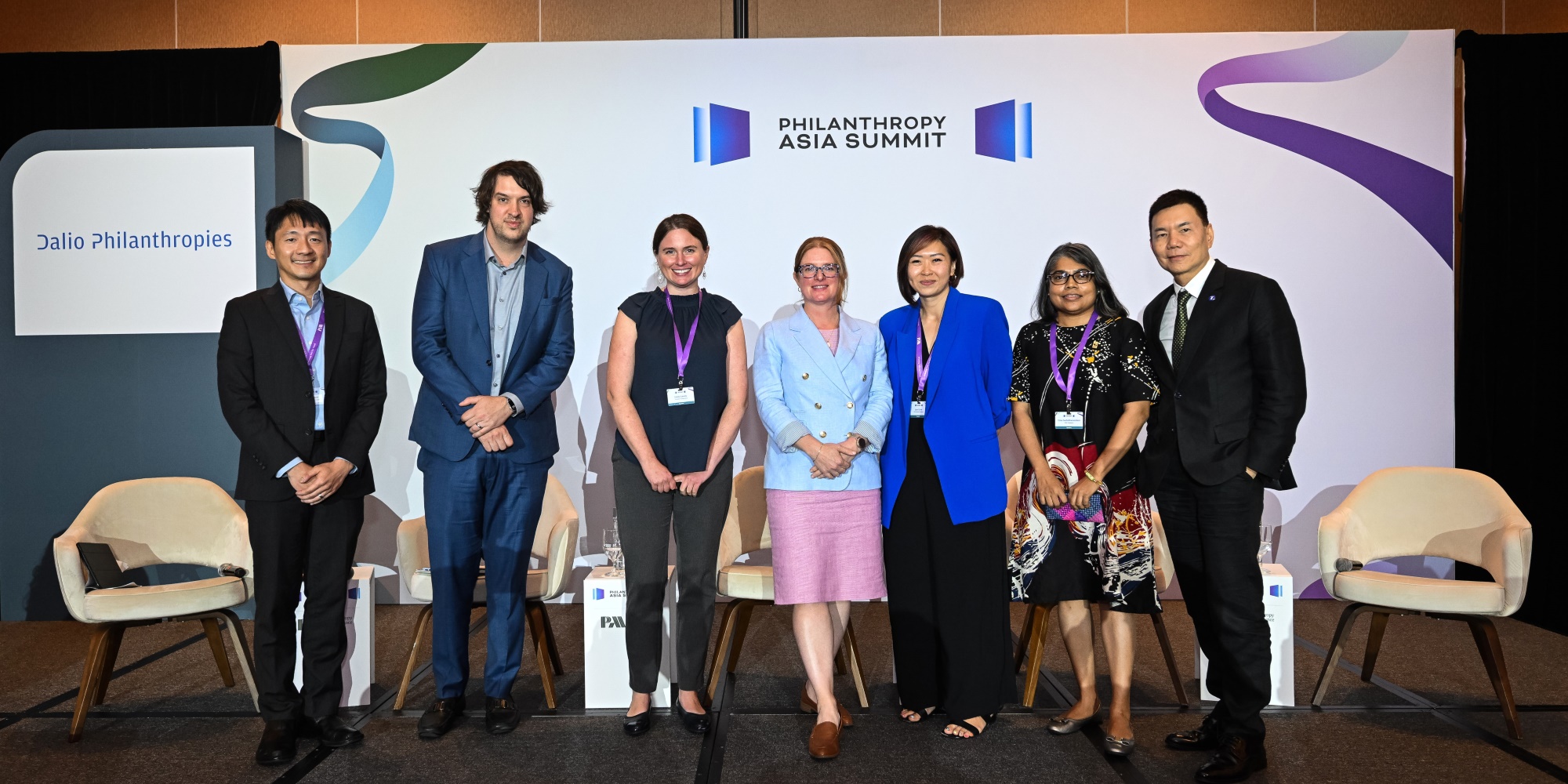
PAS partner event, “Southeast Asia (SEA) as a Global Model for Ocean Sustainability”, anchored by Dalio Philanthropies.
Yet, progress remains uneven. Short funding cycles, fragmented systems, and limited “translation mechanisms” hinder the uptake of research and innovation into real-world policy and practice.
Panellists called for coordinated action that bridges science, government, community, and finance — creating safe, inclusive spaces where diverse stakeholders co-create solutions across jurisdictions and worldviews, with culturally grounded facilitation. This will mean local communities including grassroots leaders can engage on equal footing.
This ethos also informed regenerative development approaches, which challenged extractive models and instead drew from Asian ecological traditions.
Nature-based solutions, such as low-emission agriculture, forest stewardship, and coastal ecosystem restoration, were highlighted as prime candidates for scaled ‘4P’ collaboration — across the public, private, people, and philanthropy sectors. These efforts require clear governance, local trust, and aligned incentives to endure beyond project cycles.

PAS partner event, “Blueprints for Change: Scaling 4P Collaborations for a Regenerative Asia”, anchored by TPC (Tsao Pao Chee).
The 4P model emphasises a unified approach to tackle Asia’s interconnected crises. It fosters systems-level transformation by promoting cooperation among sectors with different capabilities and motivations.
The Role of Philanthropy: Catalytic, Connected, and Professional
Throughout PAS, philanthropy was consistently described as “collaborative capital”, as it is uniquely suited to take early risks, fund experimentation, and connect efforts across sectors. Its value lies not only in grants, but also in shaping partnerships, building infrastructure, and enabling systems-level change.
This catalytic role was brought to life in examples shared across sessions, including the GAEA Awards Ceremony, a partner event of PAS 2025. Launched by the World Economic Forum and supported by PAA, the GAEA Awards showcases innovative partnerships and impactful solutions addressing global climate and nature challenges.
Among the awardees is Temasek Life Sciences Laboratory’s (TLL) groundbreaking Decarbonising Rice project. Led by TLL senior investigators, the project integrates over 20 years of research and development, scientific innovation, and collaborative partnerships to reduce methane emissions, conserve water, and enhance rice yields. Find out more about the Decarbonising Rice project on our PAA Perspectives blog. For more highlights of TLL’s participation at the Summit, click here.
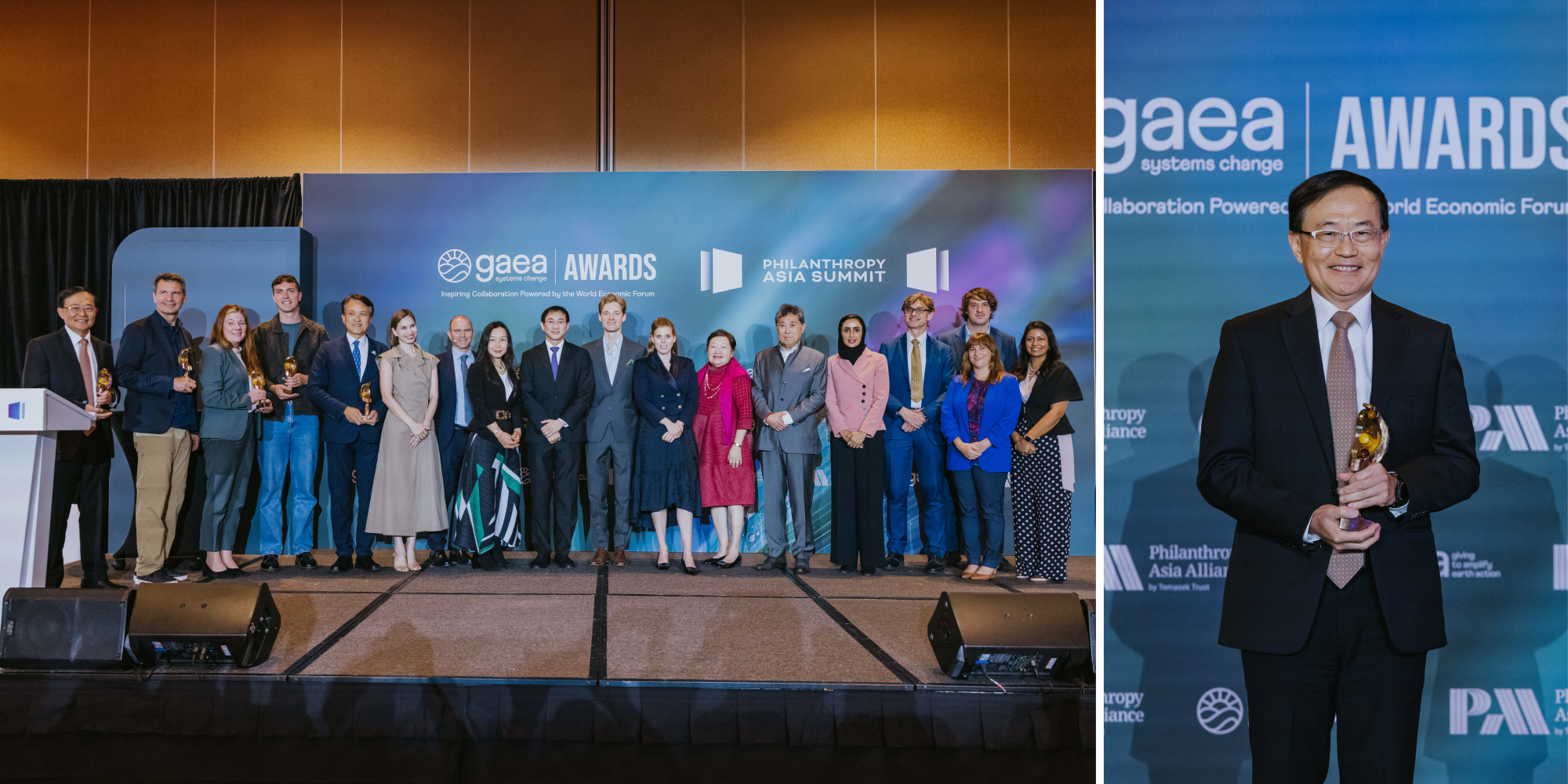 PAS partner event, “GAEA Awards Ceremony: Celebrating Catalytic Partnerships Transforming Systems”. (Right:) Mr. Peter Chia, CEO, TLL, onstage with the award.
PAS partner event, “GAEA Awards Ceremony: Celebrating Catalytic Partnerships Transforming Systems”. (Right:) Mr. Peter Chia, CEO, TLL, onstage with the award.
To fully realise the catalytic potential of philanthropy, speakers at the Summit also emphasised the need to professionalise the ecosystem. This includes developing robust talent pipelines with clear career paths and leadership development, expanding access to specialised education, as well as investing in advisory, measurement, and convening infrastructure.
Building these capabilities can help transform philanthropy from a personal act of giving to a respected, high-impact profession that shapes systems over the long term.
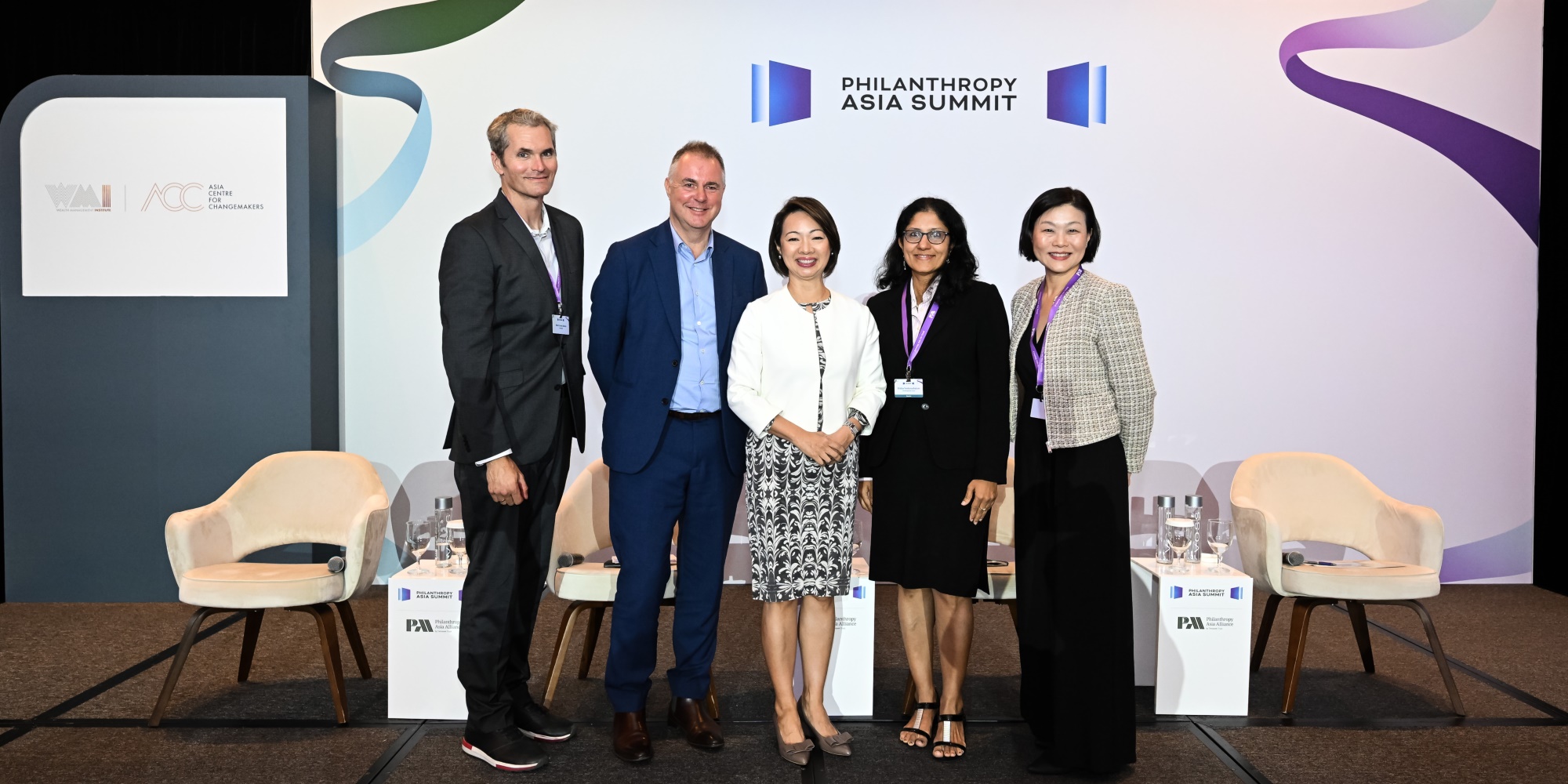
PAS partner event, “Igniting Asia’s Engines for Good: Catalytic Capacity to Scale Philanthropic Impact”, anchored by the Asia Centre for Changemakers and Wealth Management Institute.
Empowering the Next Generation of System Builders
Next-generation philanthropists are uniquely positioned to champion a mindset of experimentation, humility, and long-termism. By aligning values with capital and joining collaborative platforms, they can help shape the enabling environment needed for solutions to scale.
Across sessions, speakers encouraged emerging leaders to embrace their growing influence and impact as partners in systems change. While traditional grantmaking continues to play a vital role, lasting progress will also benefit from blended capital approaches. This may include combining grants, catalytic investments, and policy advocacy to unlock solutions at scale.
A Collective Path Forward
No single actor can drive systemic change alone. The future lies in building ecosystems that enable co-creation, long-term alignment, and trust across sectors and borders. Whether in climate action, ocean protection, or inclusive development, Asia’s next chapter will be shaped by the strength of the partnerships that bring bold ideas to life.
For more on the partnerships and platforms priming Asia for good, watch for the upcoming PAS 2025 Insights Report.
Stay in the loop and connect with us — subscribe to PAA Pulse, the Philanthropy Asia Alliance’s bimonthly newsletter. Follow PAA on LinkedIn for our latest updates.

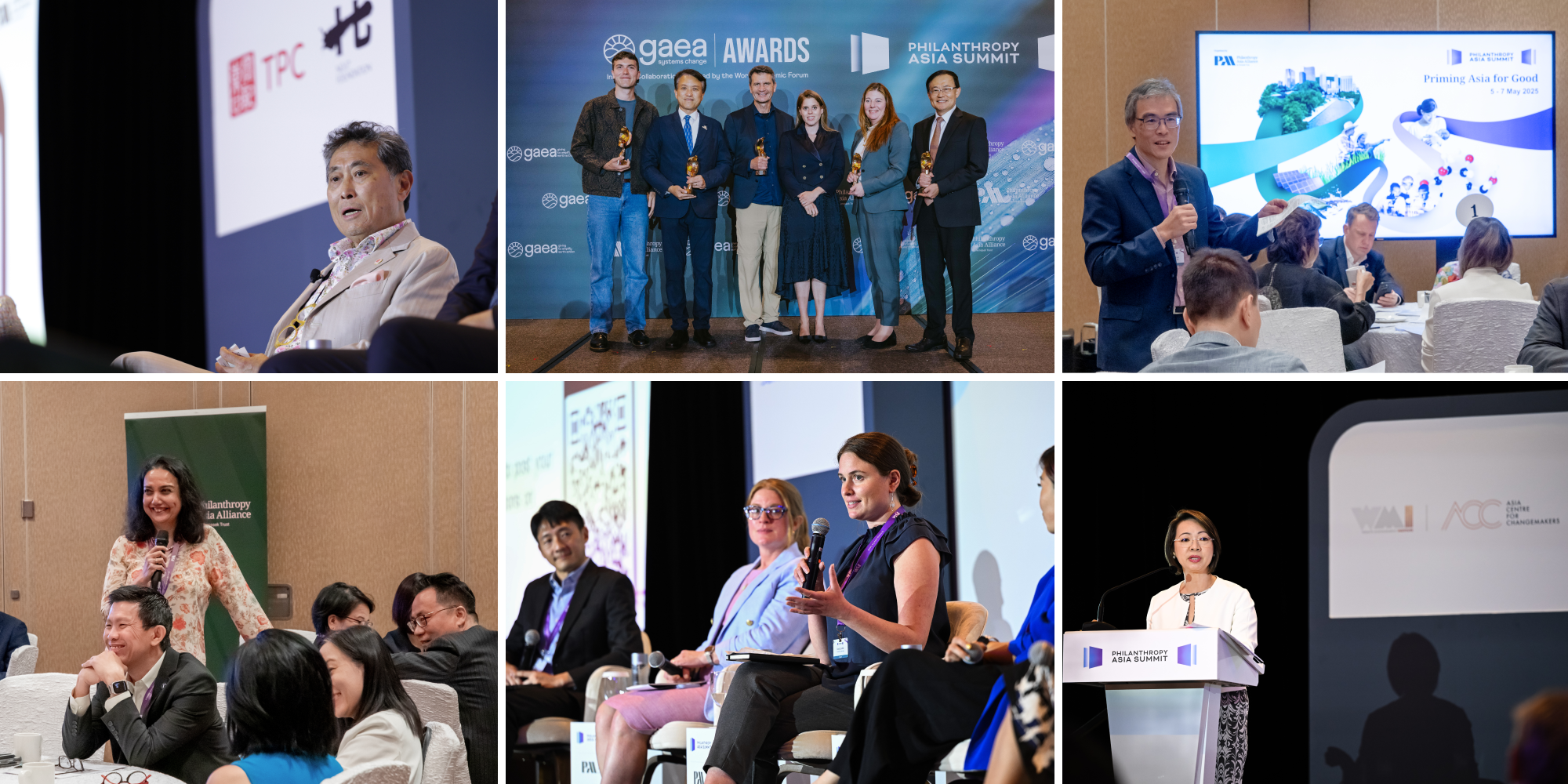

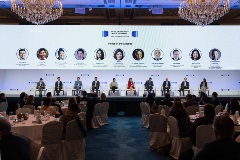
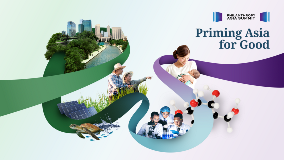




.tmb-.png?Culture=en&sfvrsn=7fea9931_1)

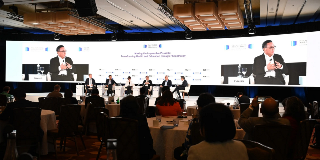
.tmb-.gif?Culture=en&sfvrsn=e13997ec_1)

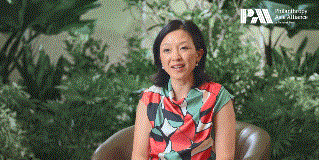

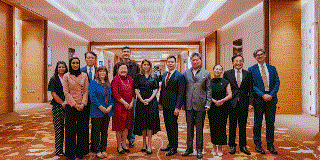
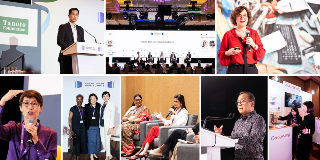
.tmb-.gif?Culture=en&sfvrsn=3f4b1163_1)
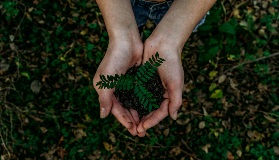
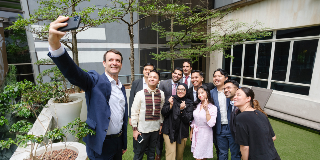
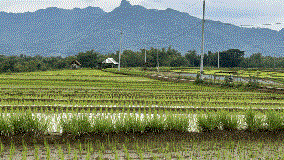

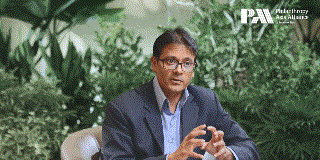
.tmb-.gif?Culture=en&sfvrsn=b5ece239_1)
.tmb-.gif?Culture=en&sfvrsn=6fb3b6df_1)



.tmb-.jpg?Culture=en&sfvrsn=fedc60fc_1)
